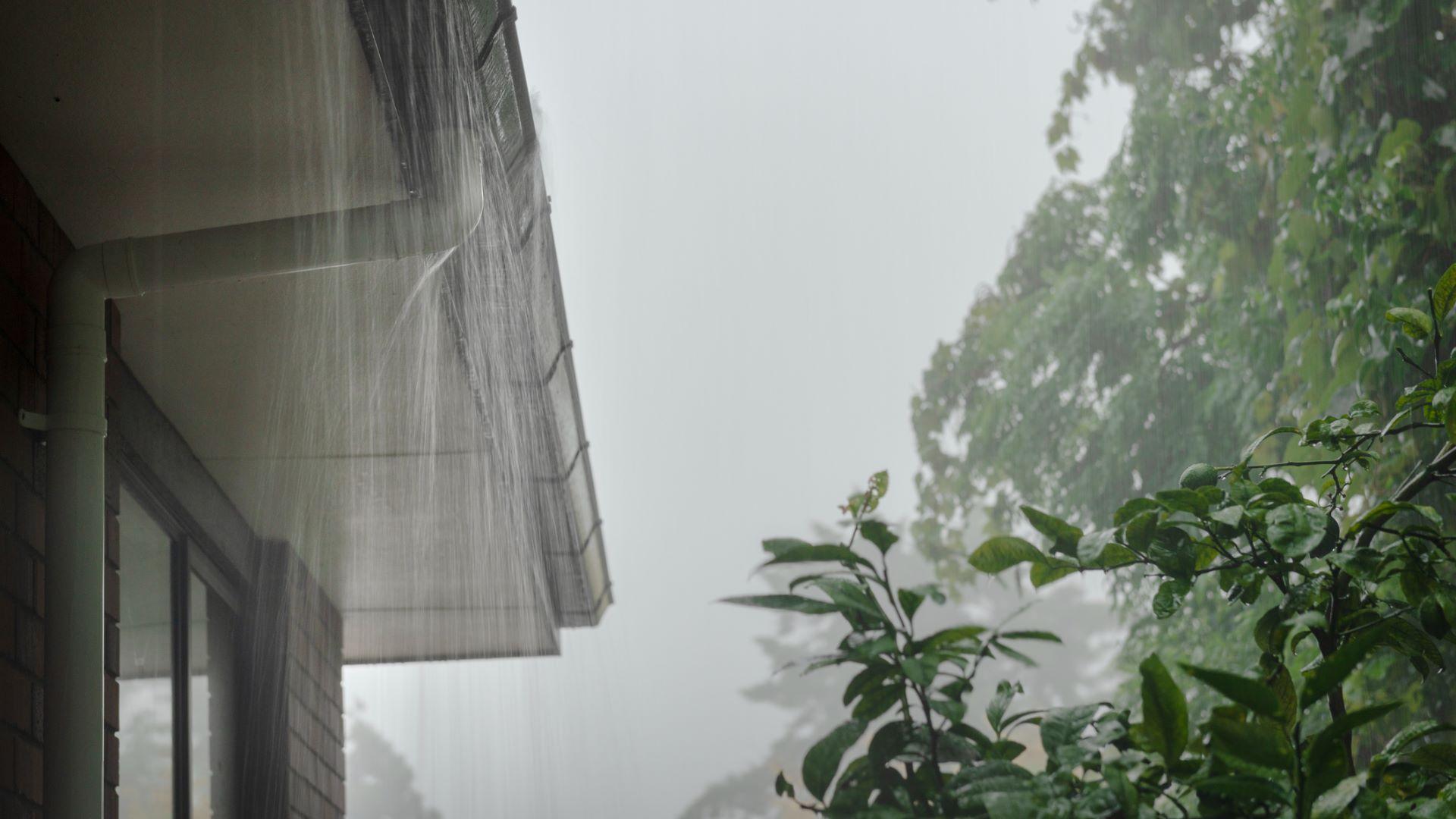Temporary accommodation covers the reasonable cost for you to live somewhere else after an unexpected event. This could be because your house is uninhabitable, or if you cannot stay at the house while repairs are being completed.
Most house and contents insurance policies will provide cover for temporary accommodation, but the scope and amount of cover will differ.
